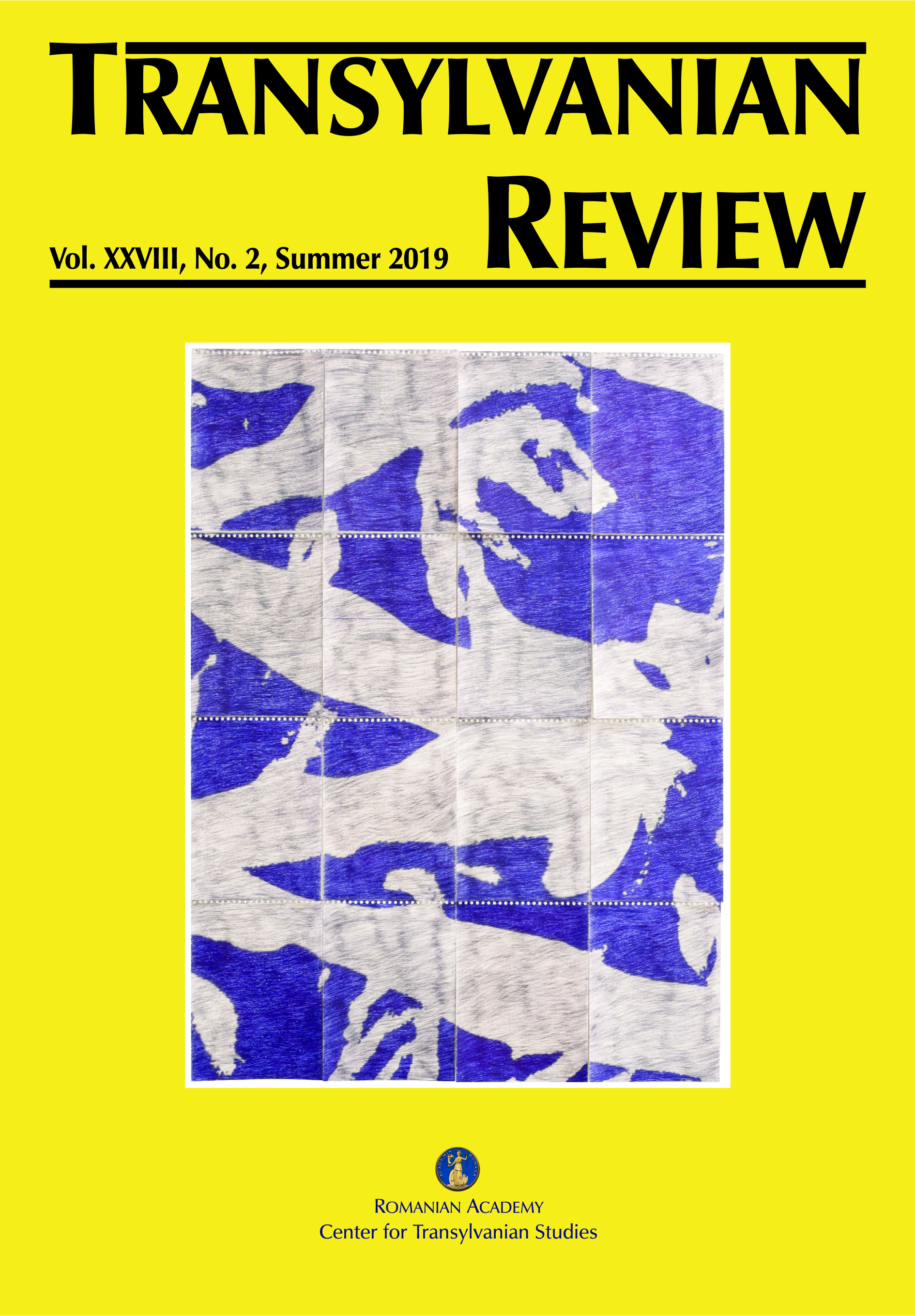The Institution of Papal Legation (12th–14th Centuries): Historical and Historiographical Benchmarks
The Institution of Papal Legation (12th–14th Centuries): Historical and Historiographical Benchmarks
Author(s): Robert-Marius MihalacheSubject(s): History, Middle Ages
Published by: Academia Română – Centrul de Studii Transilvane
Keywords: 12th–14th centuries; hierocracy; Christianitas; centralization; institution of the papal legation;
Summary/Abstract: There are few writings within the sphere of Romanian historiography that have addressed the period of medieval hierocracy. This aspect extends to the institution of the papal legation, wich is fairly well-known in Romanian historiography. The motivation for choosing this subject rests on the absence of historical writings reflecting the institution of the papal legation between 12th and 14th centuries. Therefore, this article aims to present diachronically a few historical and historiographical benchmarks regarding the emergence, evolution and functioning of the institution of the papal legation. Medieval hierocracy represented the historical timespan of the 12th–14th centuries, when most European kingdoms accepted papal suzerainty and entered the medieval system known as Christianitas. The Bishop of Rome, who legitimized himself in the continuity of St. Peter as vicar, “controlled” the European kingdoms and exerted his guardianship over the western empire using legates or apostolic envoys. The latter acted as an “extended arm of pontifical power,” through which the papacy was omnipresent and omniscient. Most legates came from among the cardinals who formed the College of Cardinals, that is, from the immediate vicinity of the pontifical throne. Of the three types of legates (de latere, missi, nati), the first category was the most commonly used in this period, due to Rome’s universalist tendencies, through which the Holy See attempted to centralize European politics as strongly as possible.
Journal: Transylvanian Review
- Issue Year: XXVIII/2019
- Issue No: 2
- Page Range: 74-84
- Page Count: 11
- Language: English

